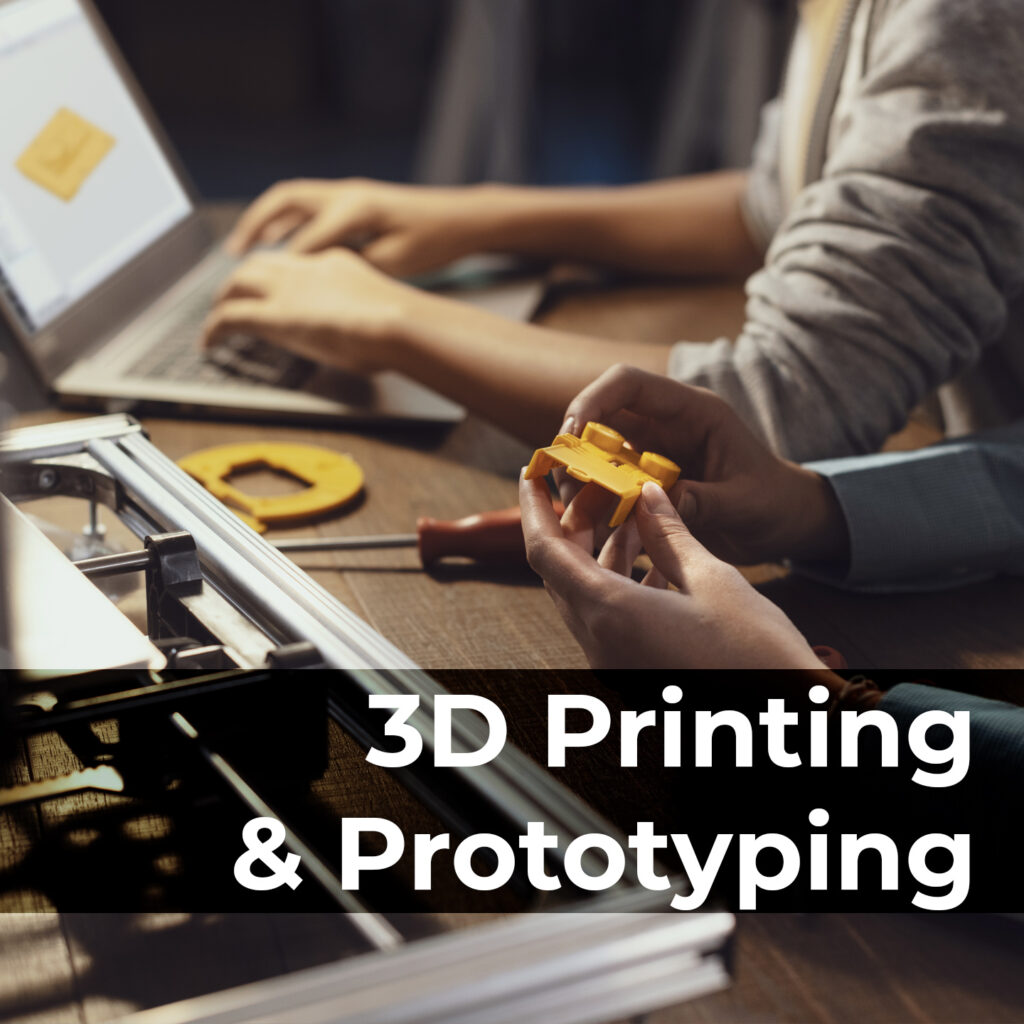PARTS YOURPROJECTS NEED
Having trouble locating obsolete, allocated or hard-to-find electronic components?You need it. We source it. Let us know what you’re looking for and we’ll find it.
In electronics manufacturing, 3D printing can be used to produce components, enclosures, prototypes, and various other parts related to electronic devices.
Furthermore, 3D prototyping for electronics involves the use of additive manufacturing technologies to create three-dimensional physical models or prototypes of electronic components, circuits, or devices, aiding in design validation and functional testing before full-scale production.

3D printing benefits the customer in several ways:
3D printing enables rapid prototyping of electronic components and devices. Customers can quickly design and print physical prototypes, allowing them to test and validate their ideas before committing to large-scale production. This reduces time-to-market and helps in identifying design flaws or improvements early in the development process.
3D printing allows for easy customization and personalization of electronic devices. Customers can modify the design or parameters of components to fit their specific requirements. This level of customization empowers customers to create unique products that cater to their individual needs or the needs of their target market.
3D printing offers design flexibility that traditional manufacturing methods may not provide. It allows the production of complex geometries, intricate details, and internal structures that are otherwise difficult or impossible to achieve using conventional manufacturing techniques. This design freedom opens up new possibilities for innovative and advanced electronic products.
3D printing enables on-demand production, where components or products can be manufactured as needed. This eliminates the need for maintaining large inventories and reduces storage costs. Customers can manufacture small quantities of specific components or even produce custom-made products in a cost-effective manner.
Traditional manufacturing processes often require the creation of molds, jigs, or tooling, which can be expensive and time-consuming. With 3D printing, there is no need for such tooling, as components are built layer by layer directly from the digital model. This eliminates tooling costs, especially for small production runs or unique designs, making it more affordable for customers.
3D printing can provide supply chain flexibility, especially for electronics manufacturing. It allows for localized production or distributed manufacturing, reducing the dependency on global supply chains. This can be particularly advantageous for customers who require quick turnaround times, have specific intellectual property concerns, or need to meet stringent regulatory requirements.
3D printing can be utilized for producing repair or replacement parts for electronic devices. Customers can print components that are no longer available or are out of stock, extending the lifespan of their products and reducing downtime. This capability is especially valuable for legacy or obsolete electronics that may be difficult to source otherwise.
In summary, 3D printing provides benefits such as rapid prototyping, customization, design flexibility, on-demand production, reduced tooling costs, supply chain flexibility, and availability of repair or replacement parts. These advantages empower customers to innovate, create tailored solutions, and optimize their manufacturing processes, ultimately enhancing their overall experience and competitiveness in the market.